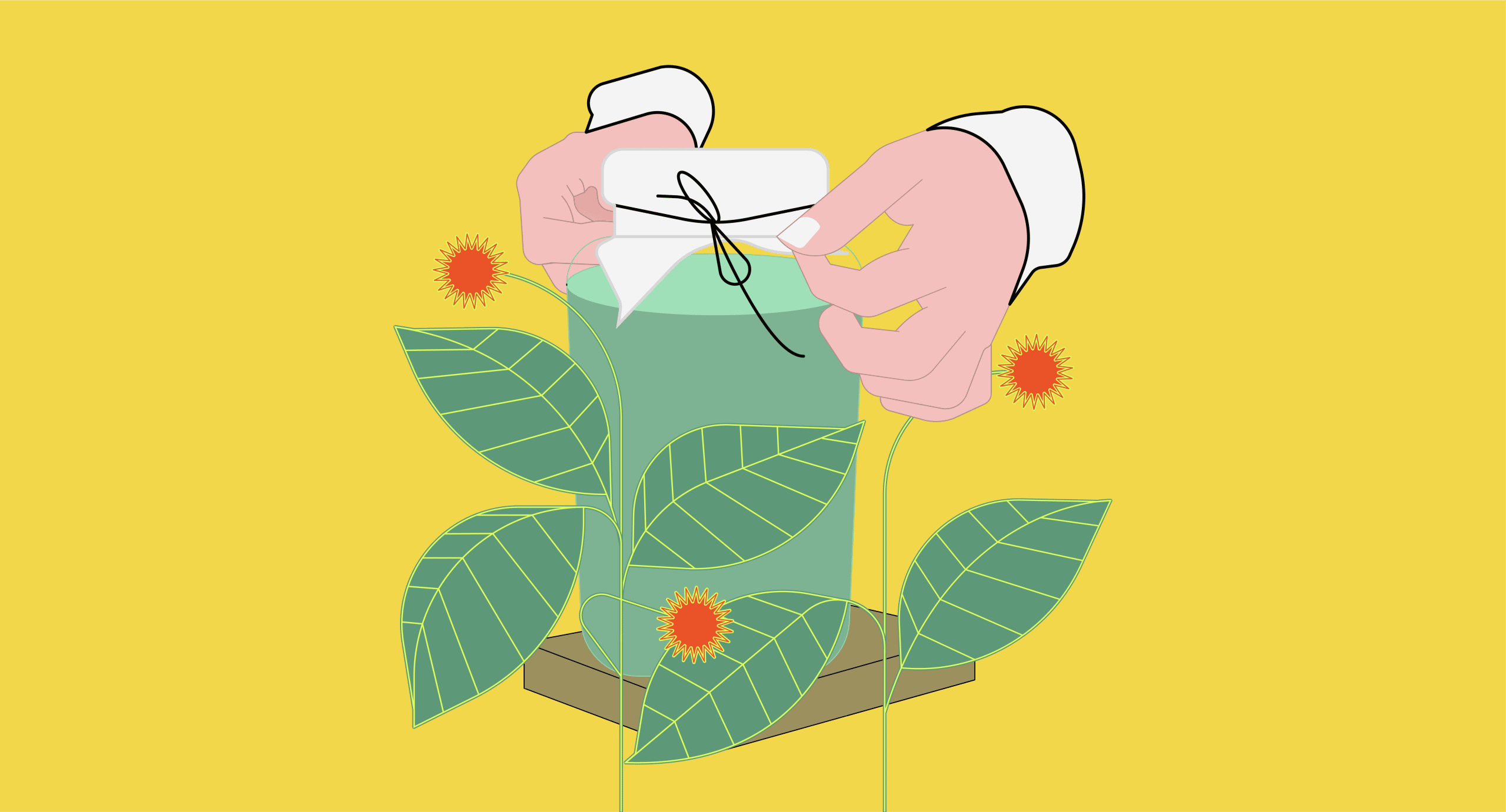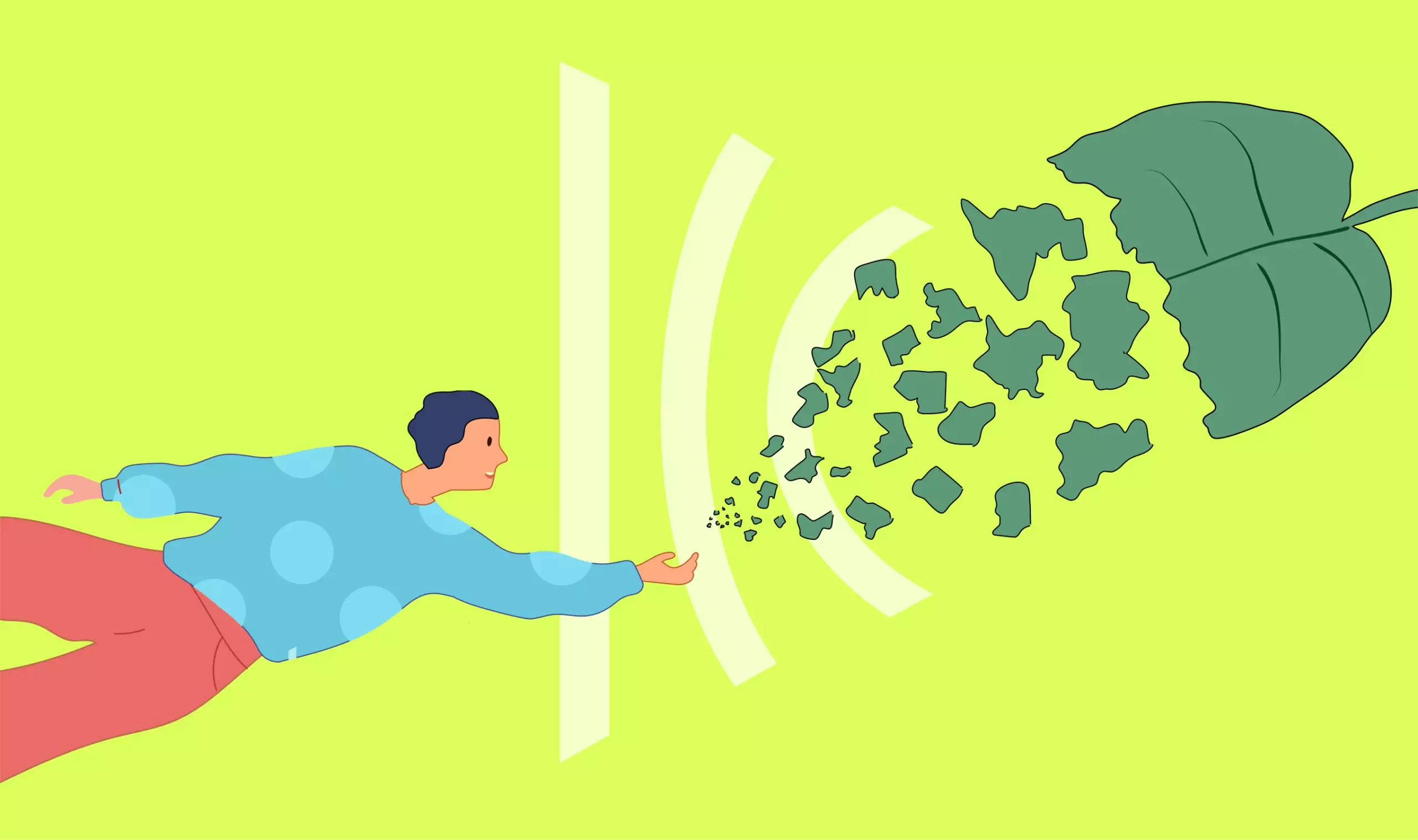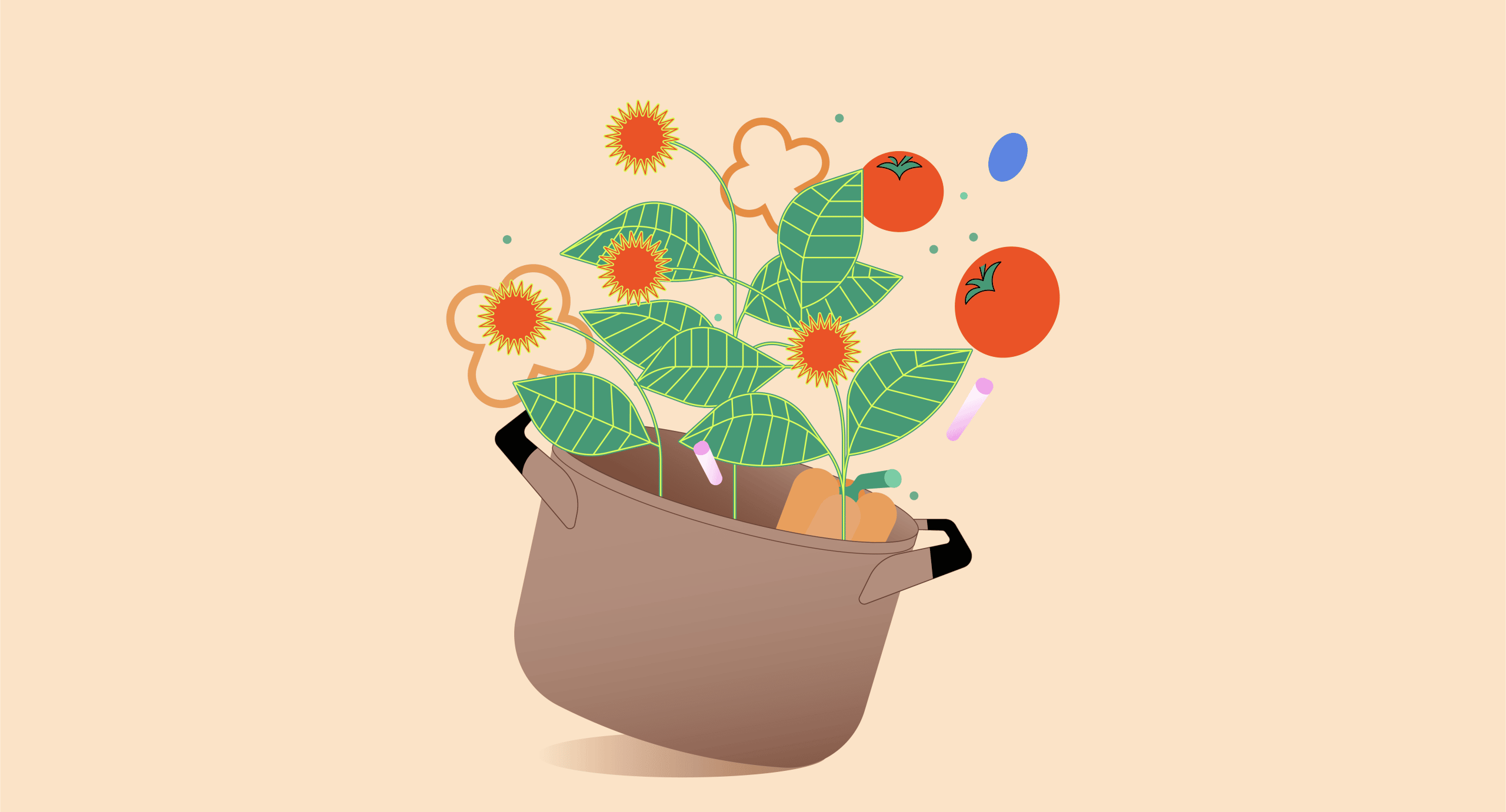What Is Fermented Kratom?
Fermentation is a natural process that relies on the help of bacteria and fungi to break compounds down so they can be recycled into the Earth.
But not all fermented goods are destined to return to the soil. Humans have been deliberately encouraging this process for hundreds, if not thousands of years.
Fermentation changes the properties of plants, including kratom, and can change both the effect profile and the potency.
Most fermented goods in the west are either edible (like sauerkraut and kimchi) or drinkable, like beer and cider. Since kratom is merely a dry, herbal powder, it often slips past people’s fermentation radar.
Probiotic-rich foods like kimchi and sauerkraut are popular because they can help to populate the gut’s microbiome with healthy bacteria. Alcoholic drinks, on the other hand, are the opposite of probiotics. Not only do they not refuel your gut biome, but they’ll also actually destroy it.
Kratom, however, is neither alcoholic nor probiotic. It bears such little resemblance to the products we know to be fermented that it’s easy to ignore the fact that kratom has gone through a similar process.
It doesn’t look, smell, or taste fermented. So what’s the deal?
Why Ferment Kratom?
Kratom doesn’t resemble a typical fermented product, and most people aren’t aware that it can even be fermented.
On top of this, not everybody agrees on what sort of kratom products are fermented. Fermented kratom strains are almost always highly sedating. This might lead people to suspect that red kratom strains are subject to this extra step, but that’s not always the case.
Most fermented kratom strains will bear a special name: “Bentuangie.”
You can find different types of Bentuangie kratom, depending on the starting material — Red Bentuangie, White Bentuangie, and Green Bentuangie.
The reason for fermenting kratom is simply to create a different type of product. The fermentation process changes some of the plant’s chemical properties, such as how it’s absorbed, the alkaloid ratios, and flavor.
Fermented Kratom Has Better Absorption
In nature, fermentation breaks apart the plant structure so that the nutrients can be better absorbed into the Earth. Conveniently, this improved absorption also applies to people. Whether it’s kimchi or kratom, a fermented product is more bioavailable and easier for the body to process.
Fermented Kratom Has Higher Relaxing Alkaloid Ratios
Fermented kratom also undergoes a bit of a change regarding its alkaloid content. The stronger and more sedating alkaloids become more prominent, and the stimulating alkaloids become less intense.
Fermentation also produces the highest concentration of an alkaloid that is not often discussed, called mitragynine-pseudoindoxyl. This allows kratom strains to produce an effect that is somewhat unique compared to others.
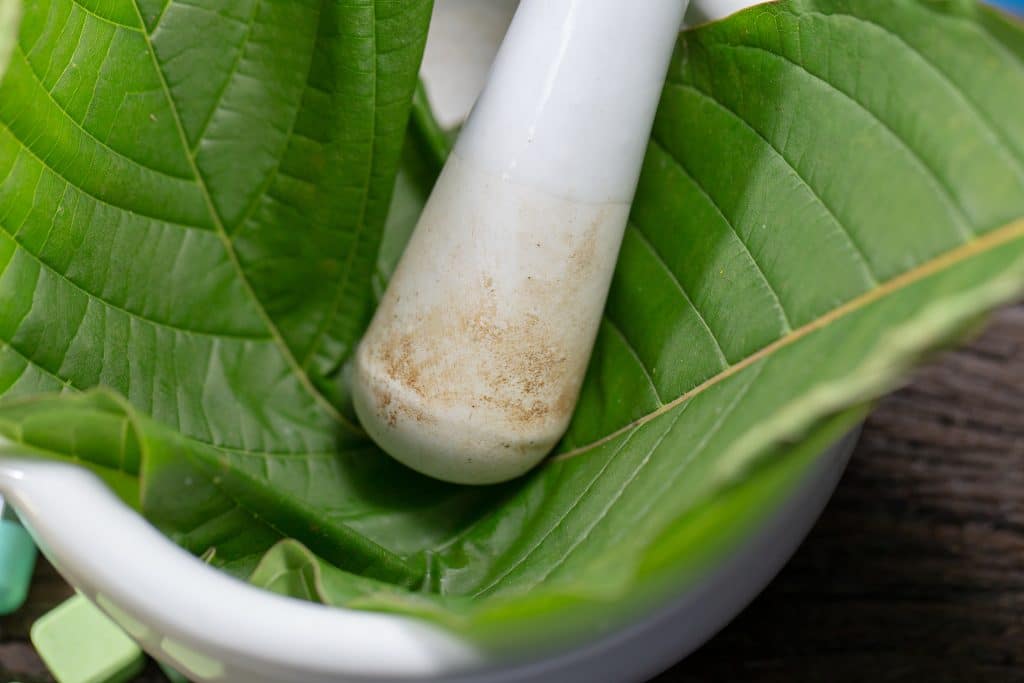
Fermentation Frustration: What Kind of Kratom Is Fermented?
There’s a lot of confusion regarding the fermentation of kratom. Look through any online forum, and you’ll find people discussing the various reasons that vendors choose to ferment or not to ferment their kratom, with each post’s author certain that they’re absolutely correct.
Kratom production and processing mostly happens in Southeast Asia, so aside from those who visit the area or who coordinate directly with growers or farmers, the processes and methods of kratom farmers remain elusive.
Furthermore, a language barrier prevents most people from engaging with kratom growers online.
Some users believe that only specific strains are fermented. Others vehemently attest that all kratom is fermented.
The real answer is a bit more complicated, and, to be honest, there may be no conclusive answer.
It’s hard to get a straight answer about anything kratom-related. Fermentation is not a primary concern for the majority of kratom users, either, so this creates a further scarcity of information.
One issue is the potential difference between farmers’ methods in various countries.
We must remember that kratom grows naturally in at least half a dozen countries. Each country has its own culture, language, and agricultural practices. There are no formal guidelines regarding how to produce kratom in the United States, let alone internationally.
Kratom growers in some of these countries may follow their own codes to maintain consistency. After all, certain fermentation and drying processes produce the best results, which are what farmers will look for.
It’s generally acknowledged that a secret Indonesian recipe is floating around that is used to ferment a particular type of kratom. If this is true, kratom growers certainly have their lips sealed well.
Either way, you can expect that there will be some variations in fermentation procedures depending on where you get your kratom. What one vendor may refer to as “fermented kratom” might just be an extra-strong red strain, whereas others may describe a strain of kratom leaf with unique effects.
Kratom Harvesting and Post Harvest Procedures: Is Fermentation Necessary?
Fermentation is a part of the kratom processing procedure, but not all farmers believe it’s necessary. In fact, some think they can achieve the same results without fermenting, or at least results so similar as not to be bothered with the extra steps.
These are some of the considerations that farmers will take into account when deciding whether or not to ferment their kratom. You’ll see how the different stages can influence alkaloid content. Powerful kratom can be produced without fermentation, but this additional step may bolster the whole plant’s effects.
To Dry or Not to Dry?
Some kratom is taken to dry immediately after harvesting. Once kratom is dried, it can’t really be fermented, so it’s permanent once this choice is made. Strains set immediately to dry are usually more stimulating.
Outdoor drying is simple and quick. Leaves are separated on a flat surface and left to sit either indoors or outdoors. They only need to be agitated once in a while to ensure that they get equal sun exposure on all sides.
Drying indoors requires a bit more dedication as you have to ensure that the conditions are right to prevent the growth of fungus or to accidentally start fermenting kratom.
Related: How is Kratom Harvested?

The Fermentation Process
Some kratom is taken to ferment before being dried.
To do this, farmers heap the kratom into bags. Traditionally, burlap sacks were used, but fermentation can be accomplished in any medium that ensures the proper conditions will be met. Black garbage bags are often used nowadays.
The kratom is then left to ferment in a cool, dark area for 24 to 72 hours. This process causes several biochemical changes in the kratom.
Most notably, this process begins the conversion of certain alkaloids into other, stronger varieties. mitragynine, for example, is converted into 7-hydroxy mitragynine. It also allows for a greater concentration of mitragynine pseudoindoxyl to develop.
As German renaissance man Andreas Libavius once explained, “Fermentation is the exhalation of a substance through the admixture of a ferment which, by virtue of its spirit, penetrates the mass and transforms it into its own nature.”
This 1597 piece of convoluted wisdom is a golden nugget from the practice of alchemy, a comprehensive blend of science, language, art, math, astronomy, chemistry, and physics.
Kratom Essence
As the kratom is left in the bag, moisture condenses on the inside as it “exhales” its “breath,” or vital essence: the highly volatile and ethereal substrate containing alkaloids. Capturing the breath, retaining it, and allowing it to be reabsorbed unlocks the plant’s full potential.
Fermentation weakens the chemical bonds that allow the alkaloids to maintain their structure, making them easier to assimilate into the body. Fermentation also creates biochemical reactions that lead to shifts in the molecular structure of certain alkaloids.
So, whether you’re an alchemist or a scientist, the result is the same: fermentation yields a product more potent and bioavailable.
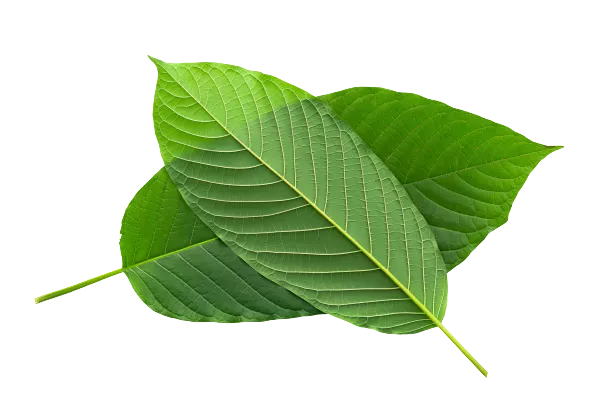
Fermented Kratom Hype: Chocolate Kratom, Bentuangie
You may have first learned about kratom fermentation through the avid marketing of “fermented kratom strains.“
This may have been a bit frustrating to those who had already become familiar with the idea of red and yellow strains being fermented. Some took this to be a sign that the integrity of kratom vendors was dwindling. Why were they marketing red kratom and fermented kratom separately?
Unfortunately, there’s no cut-and-dry answer. Remember, you have to look specifically toward the vendors marketing these products and the farms growing them. This can be a challenge due to the inconsistency among kratom vendors.
Vendors are not always at fault, though. Kratom, being grown by thousands of different workers in half-dozen countries, is being shipped worldwide with different names and labels. At least one thing’s consistent: a fermented strain will be a sedating strain.
However, how sedating and how potent is also up for debate. Many kratom farmers do not uphold strict guidelines for their production process, let alone their own fermentation. The goal is to get as much kratom processed and packaged, not to micromanage every step.
This causes inconsistencies. Bags of fermenting kratom may be left out for too long, rendering them useless. Or they may be dried before they can break down properly. However, the product is still usually shipped out, often as lower-grade kratom or mixed with more potent batches.

Chocolate Kratom
Chocolate kratom is the most consistent variety of fermented kratom, but that doesn’t mean much. Chocolate kratom is still kratom, and fermented kratom is still the most difficult variety to get accurate information about.
Chocolate kratom is just somewhat less inconsistent than other fermented varieties.
There are many different strains of chocolate kratom sold by different vendors. Some are simply sold as “Chocolate Kratom,” while others have more exotic names like “Deep Red Chocolate Kratom.”
The name makes the product sound delicious, but rest assured, it still tastes terrible. Perhaps even worse than regular kratom.
Most vendors say that their chocolate kratom is “fermented red kratom,” and yet, for a long time, the general consensus has been that red kratom is already fermented. Some vendors say that the fermentation process is extended to create chocolate kratom. The majority does not comment.
Whatever the case, chocolate kratom is a dark brown or reddish-brown color. This is the result of the fermentation and an indicator that your product will be strong and very relaxing.
Of all the companies that sell chocolate kratom, Kats Botanicals seems to have the most positive reputation.

Bentuangie
Bentuangie Kratom is named after the Bentuangie region of Indonesia. It has become immensely popular due to its allegedly unique production process: it’s well fermented.
Again, confusion abounds. Most users report that Bentuangie kratom feels pretty much the same as red with a somewhat more ‘heady’ feel to it. The cognitive-emotional effects are more prominent, resulting from the higher concentration of mitragynine-pseudoindoxyl.
Bentuangie is touted as one of the best anxiety-fighting and sedating strains available. Most find that its ability to produce energy and stimulation is negligible.
Fermenting Your Own Kratom
To get the most reliable kratom fermentation, you can just do it yourself. Unfortunately, the traditional recipe for chocolate kratom is hidden. This contributes to the mass confusion and the possibility of buying low-quality stuff since you can’t verify if a vendor uses the ‘right’ recipe.
Of course, it’s best to ferment the whole leaf before powdering it. Unfortunately, fresh leaf is nearly impossible to find.
That said, some users have had experience, oftentimes by accident, fermenting kratom powder on their own. Mostly, this amounts to accidentally leaving a cup of kratom by a windowsill overnight. No conclusive data has been gathered regarding the usefulness of this practice.
Others choose to ‘dry-ferment.’ This simply involves leaving your kratom in a glass jar in a sunny window. This won’t lead to fermentation unless there’s some moisture in the jar, but it can still be worth your time. Exposure to sunlight can increase the plant’s potency.
Exposing kratom to sunlight also changes its color, darkening the powder in a similar manner as fermentation. This also causes a shift in alkaloid concentration, with stimulating alkaloids being broken down and sedating alkaloids becoming dominant.
This may well be responsible for much of the confusion associated with kratom and fermentation.
You’ll have to be cautious when doing this, though. After a relatively short amount of sun exposure, the alkaloids begin to break down, and potency is lost.
As for proper fermentation, well, the options aren’t looking great.
Fermentation of food products is usually done in a moist environment, often with salt added. However, if the thought of adding salt to soggy kratom makes you cringe, you’re not alone. Unfortunately, wet fermenting without salt is risky, as it can lead to mold.
The lack of a solid recipe to follow means that kratom fermentation is, at the moment, a trial-and-error process. If you choose to try this route, remember that improper fermentation can lead to mold and get you sick. Be careful, and do your own research on fermentation first.

Key Takeaways: What is Fermented Kratom?
Fermented kratom is tricky to discuss because the kratom market is elusive and largely hidden behind a language and geographical barrier. Some vendors have told us for years that all red kratom is fermented; others attest that only Bentuangie and Chocolate strains are fermented.
In either case, fermented kratom should be darker in color and more potent than regular green and white strains. If you can’t find it on your own, you can try to make it. However, fermenting can be risky, so make sure that you’re cautious when trying this.

